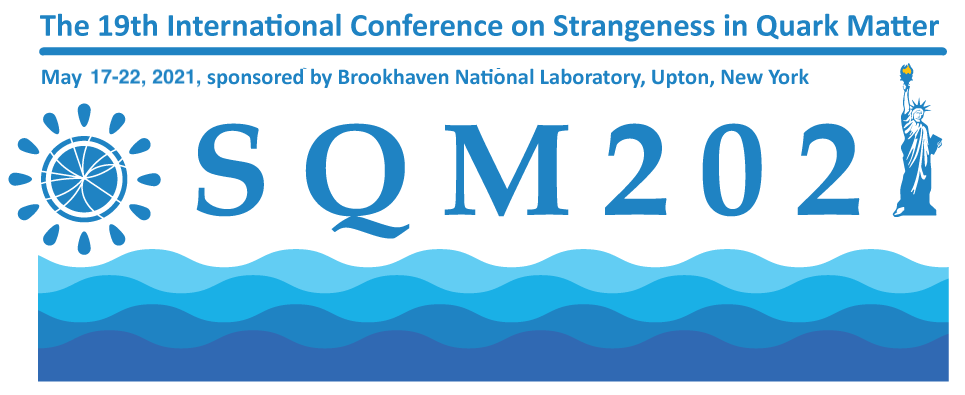Conveners
Resonances and Hypernuclei (I): Parallel 3
- Alexander Philipp Kalweit (CERN)
Hadronic resonances, thanks to their relatively short lifetimes, can be used to probe the properties of the hadronic phase in ultrarelativistic heavy-ion collisions. In particular they are exploited to investigate the interplay between particle re-scattering and regeneration after hadronization. Resonances can also be used to explore the various mechanisms that influence the shape of particle...
We propose an improved quark coalescence model with spin degrees of freedom for vector mesons by spin density matrix in phase space. This model allows us to estimate spin alignments of vector mesons using polarizations of quarks. We propose that a significant positive deviation from 1/3 of the spin density matrix element $\rho_{00}$ for the $\phi$ meson may attribute to the electric part of...
In order to constrain the equation of state of dense objects like neutron stars (NS) and subsequently solve the puzzle about their content, it is fundamental to understand the interaction between their hypothetical constituents. Hyperons might be contained in the core of NS. When becoming sufficiently abundant, in addition to the hyperon-nucleon interaction also the self-interaction of...
Understanding of baryon-baryon interactions is important to examine the existence of stranglets and various exotic hadrons, e.g. H-dibaryon, and to model of astronomical objects such as neutron stars. However hyperon-nucleon and hyperon-hyperon interactions are not fully understood yet. In high energy heavy-ion collisions, a large number of particles including (multi-)strangeness are produced,...
We present an updated event generator THESEUS, based on the three-fluid dynamics (3FD), complemented by UrQMD cascade for the late stage of the nuclear collision. The generator is extended to simulate light-nuclei production in relativistic heavy-ion collisions via thermal mechanism, on the same basis as hadrons.
We present the rapidity, transverse momentum spectra, first ($v_1$) and second...
